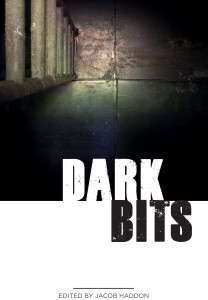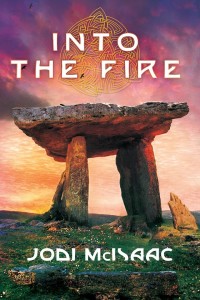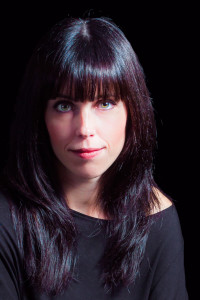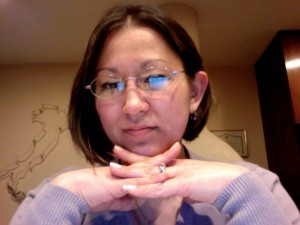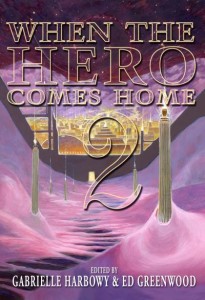 Doing business requires a businessperson to give some attention to promotion. If you’re a store, yes, you’ll get a few customers by hanging an open sign on your door – but not as many as you’ll get if you make sure to have an attractive display window, some enticing sales, an active social media presence and involvement in your local community. If you’re a writer, yes, you may sell a few books by virtue of their presence on a bookstore shelf or convention table, but not as many as you’ll sell if you choose striking cover art, participate in convention panels, have an active social media presence, interact with your audience….
Doing business requires a businessperson to give some attention to promotion. If you’re a store, yes, you’ll get a few customers by hanging an open sign on your door – but not as many as you’ll get if you make sure to have an attractive display window, some enticing sales, an active social media presence and involvement in your local community. If you’re a writer, yes, you may sell a few books by virtue of their presence on a bookstore shelf or convention table, but not as many as you’ll sell if you choose striking cover art, participate in convention panels, have an active social media presence, interact with your audience….
You’ve created something and brought it into the world. You’re passionate and enthusiastic. There are other people out there who are also passioniate and enthusiastic, about your subject. All you need to do is let them know that your story exists.
Last month was Marketing and Promotion month here at The Fictorians. The Fictorians and their guests contributed some excellent tips to let you know the best ways to spread the word and boost the signal: you have a book for sale!
I have a book for sale.
Hook your readers’ attention. Let them know, in a few short sentences, what your story (and, if applicable, the anthology it’s in) is about:
Everyone knows the archetype of the hero’s journey. But do you know what happens after that journey ends?
When the Hero Comes Home 2 is a collection of short stories that begin where most stories end. The hero who returns is different from the average guy who left–how does he readjust to his old life? What advice does she give to the next generation of heroes? What happens when the hero comes home in defeat?
Blood Runs Thicker is available in the ebook version of When the Hero Comes Home 2. It’s the story of a young man named Jim and his personal hero, his best friend Al. Against all odds, Al has been elevated to a decorated veteran of a galactic war, and Jim fears he barely recognizes his old friend. He’s yet to learn that winning her medals has cost Al everything that ever mattered to her, and that a similar sacrifice looms on his own horizon as their destinies entangle.
Sometimes it’s fun to throw in a few “behind the scenes” details about writing the story. Human interest bits are appealing and help whet readers’ curiosity:
The core idea for Blood Runs Thicker was inspired by a single line in a Blue Oyster Cult song: Jim says some destinies should not be delivered. I started thinking: what is destiny? Why should some of them not come to pass, and what happens when they do anyway? Who is judging what “should” and “should not” be delivered? From this line, I developed my main character–Jim, a shaman who works with tarot cards–and his best friend Al. Jim’s cards foretell Al’s destiny: to become a hero, at a terrible cost. What Jim doesn’t recognize is that those cards predict the same fate for him.
If your audience is hooked, make it easy for them! Make sure they know how and where to purchase:
You can get the ebook version of When the Hero Comes Home 2 here, on sale for a limited time, in either Kindle or Epub formats:
http://dragonmoonpress.com/when-the-hero-comes-home-2/
Or you can buy from Amazon:
http://www.amazon.com/When-Hero-Comes-Home-2-ebook/dp/B00F5CFVKW
So don’t just put that book on the shelf and hang the open sign on your door. Make sure your product looks good, and most importantly, let people know it’s out there–and why they should care.

